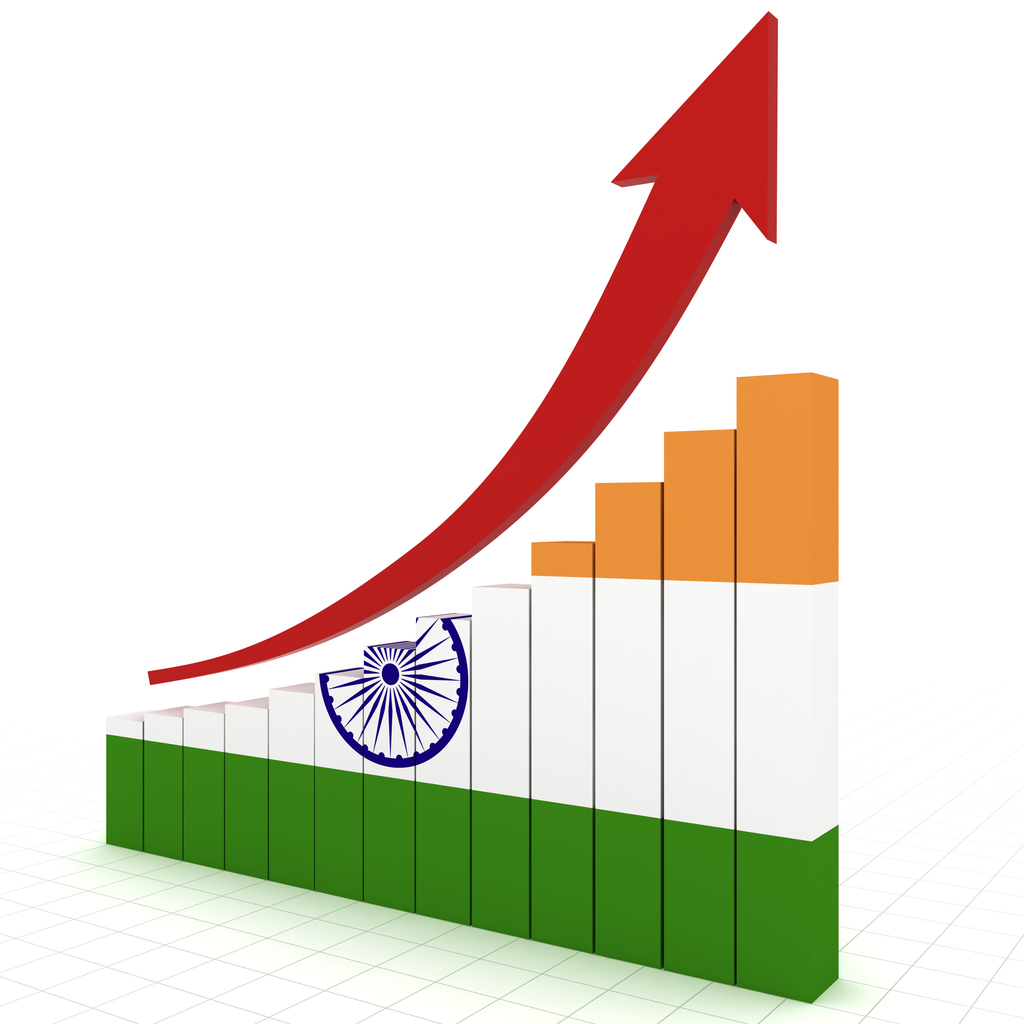
August 25, 2025
Fiscal consolidation is on track, with the central deficit set to decline to 4.4% of GDP in FY26
GDP growth is forecast at 6.5% in FY26, unchanged from FY25 and above the ‘BBB’ median
US tariff risks could weigh on investment and limit India’s gains from supply chain shifts
High debt and interest burdens remain structural weaknesses despite improving fiscal transparency

Fitch Ratings reaffirmed India’s Long-Term Foreign-Currency Issuer Default Rating (IDR) at BBB- with a Stable Outlook, citing robust growth prospects and strong external finances. The agency said India’s economic outlook continues to compare favourably with peers, though momentum has moderated over the past two years.
The rating agency projects GDP growth at 6.5% in FY26, the same as FY25, and far above the ‘BBB’ median of 2.5%. It expects domestic demand to remain resilient, supported by ongoing public capital expenditure and steady private consumption, though private investment is likely to stay moderate in the face of heightened US tariff risks.
Fitch noted that nominal GDP growth has slowed, forecasting expansion at 9.0% in FY26, down from 9.8% in FY25 and 12.0% in FY24. While the direct GDP impact of the proposed 50% US tariff on Indian goods is expected to be modest—given exports to the US account for just 2% of GDP—uncertainty around tariffs could dampen business sentiment and investment. India’s ability to benefit from supply chain shifts out of China may also be reduced if US tariffs remain higher than those faced by Asian peers.
Proposed goods and services tax (GST) reforms, if implemented, could support consumption and offset some of these risks. Fitch also expects room for one more 25-basis point rate cut in 2025, helped by low inflation. Headline inflation fell to 1.6% in July, driven largely by easing food prices, while core inflation remained near the 4% midpoint of the RBI’s target band. The central bank had already cut the repo rate by 100 basis points to 5.5% between February and June 2025.
Credit growth slowed sharply to 9.0% in May from 19.8% a year earlier, reflecting high policy rates and tighter rules on unsecured consumer lending, though Fitch anticipates a revival as monetary easing takes effect. Over the medium term, the agency estimates India’s potential GDP growth at 6.4%, underpinned by public investment, favourable demographics and healthier corporate and bank balance sheets. The government’s deregulation agenda and GST reforms could add momentum, though more politically sensitive reforms on land and labour remain uncertain.
On the fiscal front, Fitch highlighted improving credibility, with strong revenue growth, lower subsidies and rising capex. The central government’s deficit fell to 4.8% of GDP in FY25, from 5.5% in FY24 and a peak of 9.2% in FY21. It is forecast to decline further to 4.4% in FY26, meeting the government’s earlier target of 4.5%. The deficit is expected to ease more slowly thereafter, reaching 4.1% by FY28. The general government deficit is forecast to fall from 7.8% of GDP in FY25 to 7.3% in FY26 and 7.0% in FY28.
Nonetheless, structural fiscal weaknesses remain. India’s general government debt burden stood at an estimated 80.9% of GDP in FY25, well above the ‘BBB’ median of 59.6%. Fitch projects debt to rise to 81.5% in FY26 before declining gradually to 78.5% by FY30, assuming nominal growth recovers to 10.5%. High interest payments, at 23.5% of revenue compared with the median of 9% for the rating category, continue to constrain fiscal flexibility.
India’s external finances remain a clear strength, supported by sizeable foreign exchange reserves, low current account deficits and limited external debt exposure. Fitch expects the CAD to hold at 0.7% of GDP in FY26 before rising to 1.5% by FY28. FX reserves increased by US$59 billion to US$695 billion as of mid-August 2025, equivalent to around eight months of external payment cover.
Source: Economic Times